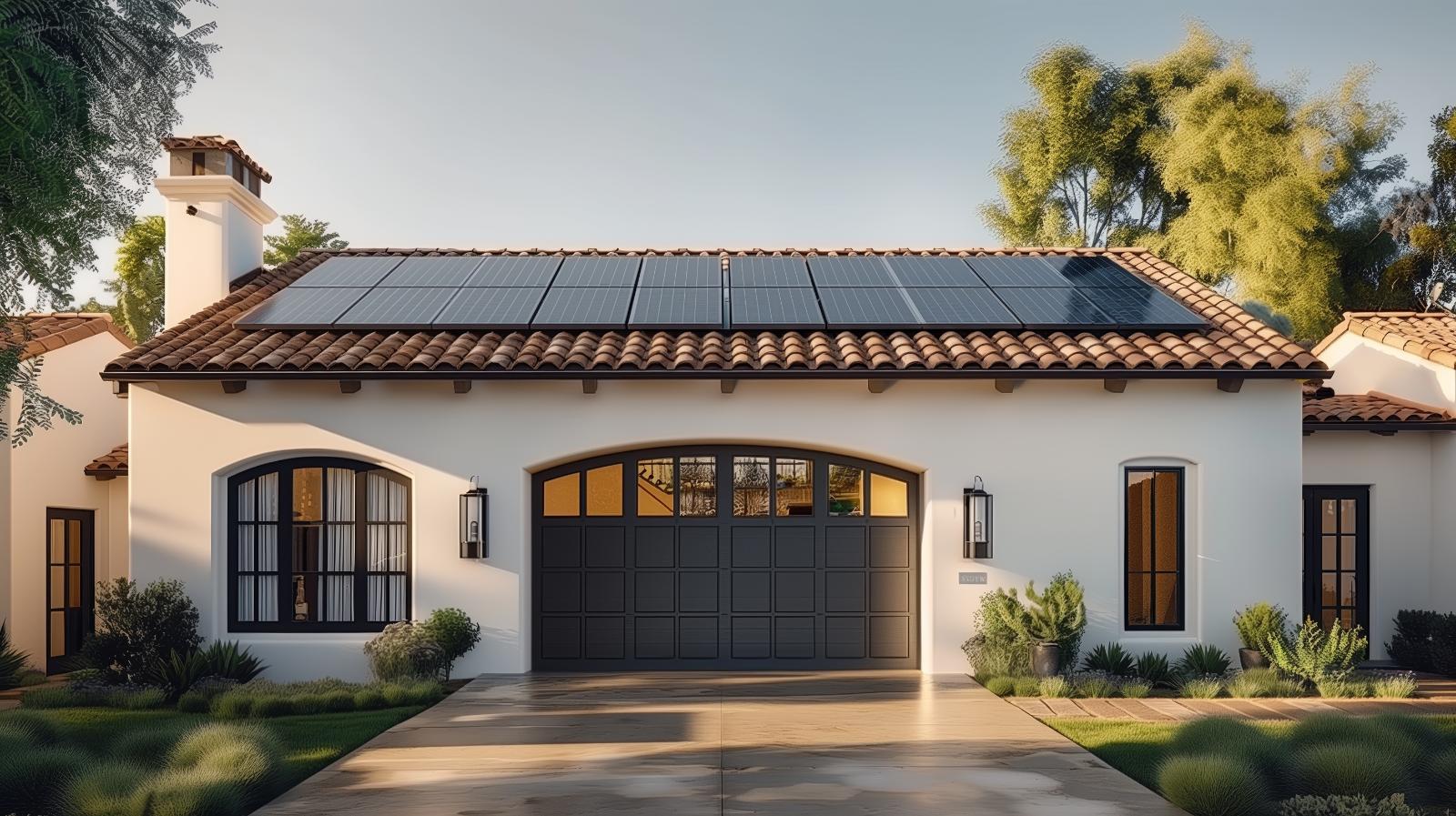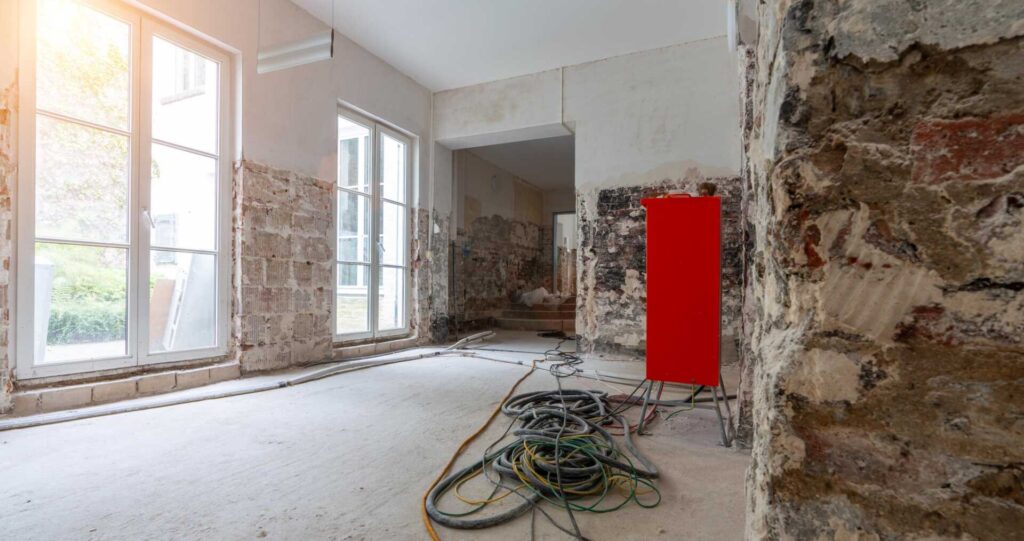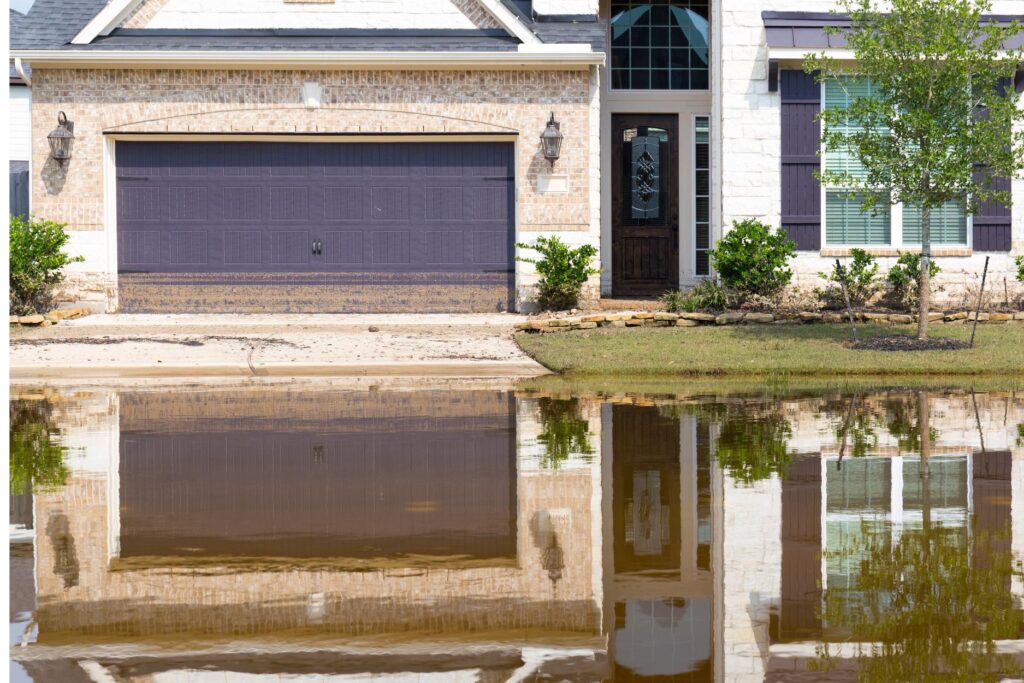Contents
Make sure your garage door remains in top condition with these essential DIY repair tips. From safety precautions to hardware maintenance, each step plays a vital role in the longevity of your door. By following these simple yet effective guidelines, you can save time and money on potential repairs down the road. Remember, a well-maintained garage door enhances your home’s curb appeal and provides added security.
Key Takeaways
- Tighten all hardware components for safety and longevity.
- Lubricate moving parts regularly for smooth operation.
- Inspect and replace weatherstripping for efficiency.
- Test balance by lifting halfway and checking track alignment.
- Seek professional help for significant issues.
Safety Precautions
Always remember to disconnect the power source and activate the emergency release mechanism before attempting any garage door repairs. Safety should always be the top priority when working on your garage door.
To guarantee your well-being, it’s essential to wear proper safety gear such as gloves and safety glasses. These items can protect you from any potential accidents or injuries that may occur during the repair process. Additionally, make sure to read and understand all safety precautions provided in the garage door manual before starting any repair work.
In case of an emergency, familiarize yourself with the emergency procedures and protocols for your specific garage door model. Knowing how to quickly and effectively respond to unexpected situations can prevent further damage and keep you safe. Regularly practicing these emergency steps can help you act swiftly and confidently when needed.
When working on your garage door, always be cautious and alert. Take the time to inspect the surroundings for any potential hazards before beginning any repairs. By staying vigilant and following the necessary safety measures, you can create a secure environment for yourself and others.
Check and Tighten Hardware
Before beginning any garage door repairs, one important step is to thoroughly check and tighten all hardware components to ensure the door operates smoothly and safely. Regular hardware maintenance is essential for the efficient functioning of your garage door. Start by inspecting the hinges, roller brackets, cables, and all other hardware for any signs of wear or looseness. Tighten any loose bolts or screws using the appropriate tools to prevent further damage and promote the door operates securely.
As part of preventative measures, it’s recommended to schedule routine maintenance checks at least twice a year to catch any potential issues early on. Professional assistance can also be valuable in conducting thorough inspections and providing maintenance services that homeowners might overlook. Seeking professional help can prevent costly repairs down the line and extend the lifespan of your garage door.
Common mistakes homeowners make when it comes to hardware maintenance include neglecting regular inspections, using incorrect tools for tightening hardware, or ignoring minor issues that can escalate into major problems. By taking the time to check and tighten all hardware components properly, you’re actively contributing to the safety and longevity of your garage door.
Lubricate Moving Parts
Regularly lubricating the moving parts of your garage door is essential for ensuring smooth and quiet operation. Proper lubrication not only helps in reducing noise but also extends the life of your garage door components by reducing wear and tear. Additionally, it plays an important role in preventing rust, which can lead to malfunctions and costly repairs. Here is a simple guide to help you properly lubricate your garage door:
| Part | Lubricant |
|---|---|
| Rollers | Silicone-based |
| Hinges | White lithium grease |
| Tracks | Non-silicone spray |
| Springs | Lubricating oil |
| Pulleys and Cables | Lubricating oil |
Start by cleaning the parts with a clean cloth to remove any debris or old lubricant. Then, apply the recommended lubricant to each part, ensuring thorough coverage. Pay special attention to areas prone to rust, such as hinges and springs. Remember to wipe off any excess lubricant to prevent attracting dirt and grime.
Inspect and Replace Weatherstripping
To maintain the efficiency and insulation of your garage, periodically inspecting and replacing weatherstripping is vital. Weatherstripping materials play an important role in preventing drafts, moisture, and debris from entering your garage. Common materials include vinyl, rubber, and metal. When selecting weatherstripping, make sure it’s durable and provides a tight seal around the door to maximize energy efficiency.
Installation tips for weatherstripping involve cleaning the surface where it will be applied to guarantee proper adhesion. Measure the length needed accurately and cut the weatherstripping to fit. Start by attaching it to the top of the door frame, then work your way down the sides and bottom. Use a strong adhesive or nails to secure the weatherstripping in place. Make sure there are no gaps or tears in the material that could compromise its effectiveness.
Regularly inspecting weatherstripping for wear and tear is essential. Over time, weatherstripping can become damaged due to exposure to harsh weather conditions. If you notice any signs of deterioration, such as cracks or peeling, it’s time to replace it.
Test Balance and Alignment
Test your garage door’s balance and alignment regularly to ensure proper functioning. Adequate balance testing and alignment maintenance are crucial to ensure smooth operation and prevent premature wear and tear on your garage door system.
To conduct a balance test, start by disconnecting the automatic opener and manually lifting the door halfway. A well-balanced door will stay in place, while an unbalanced one may fall or rise on its own.
Checking the alignment of your garage door involves examining the tracks on either side. The tracks should be parallel and free of any obstructions. If you notice any misalignment, use a level to adjust the tracks accordingly. Misaligned tracks can cause the door to operate unevenly, leading to potential issues down the line.
Regular maintenance of the balance and alignment of your garage door can often be done as part of your DIY repairs routine. However, if you encounter significant balance or alignment issues that you’re unable to correct, it may be time to seek professional assistance.
A garage door technician can provide the expertise needed to properly realign and balance your door for top performance and longevity. Remember, a well-maintained garage door is key to the overall safety and functionality of your home.
Recap
Adhere to these five DIY garage door repair tips to ensure the safety and longevity of your garage door.
Remember, a well-maintained garage door is like a well-oiled machine, functioning smoothly and efficiently.
So, take the time to regularly inspect, tighten, lubricate, and test your garage door to avoid costly repairs down the road.
Your efforts now will pay off in the long run.




